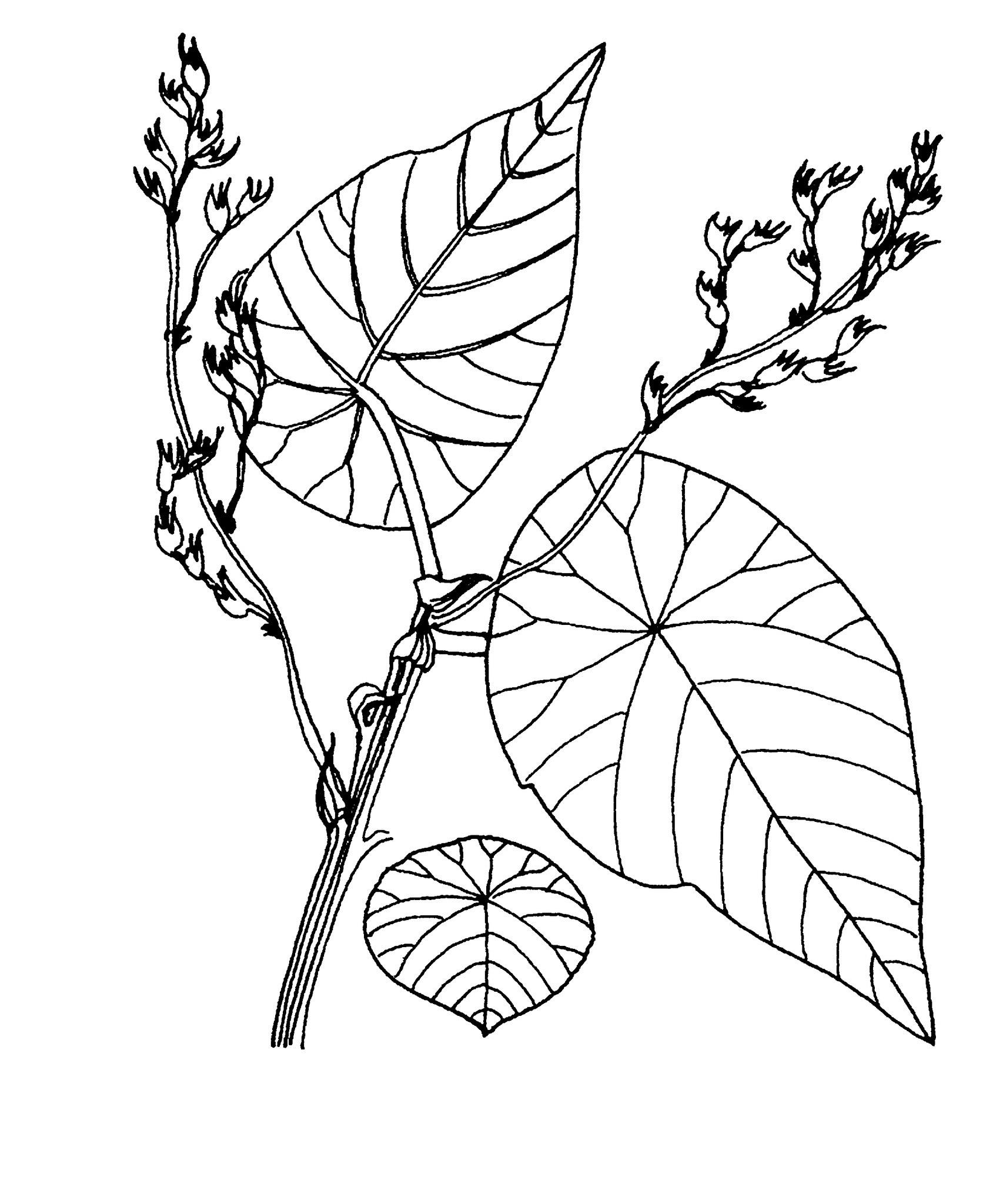
Derived from a local name for a Madagascan species.
Shrubs or small trees, male and female flowers on the same plant or not, perennial; stems and foliage without latex. Indumentum of simple, multicellular hairs. Stipules entire, inconspicuous, persistent or soon shed. Leaves alternate or opposite, stalked, unlobed, palmi- or penninerved, glandular below; margins entire or denticulate. Inflorescences terminal or axillary, cymose, racemose, or paniculate, unior bisexual and androgynous, the flowers in bracted clusters with a single involucre. Male flowers stalked; calyx lobes edge to edge, 2-4, free; petals absent; disk absent; stamens 4-40, filaments free and attached to a slightly raised receptacle; female flowers single or paired, stalkless to stalked; calyx lobes 4, edge to edge; petals absent; disk absent; ovary 3-chambered, ovules 1 per chamber; styles basally fused, hair-like, entire. Fruits capsular, dehiscent, orbicular or bilobed, surface with long projections. Seeds ellipsoid or roundish; ecarunculate.
1 species is commonly cultivated, others may be grown by rainforest enthusiasts.
About 300 species from Africa, Asia, Malesia, Melanesia and Australia (6 species).
Seed.
Small tree; leaf blade peltate; petals absent; disk absent; stamens 4-40, filaments free and attached to a slightly raised receptacle.
Airy Shaw (1980).
Source: (2002). Euphorbiaceae. In: . Horticultural Flora of South-eastern Australia. Volume 3. Flowering plants. Dicotyledons. Part 2. The identification of garden and cultivated plants. University of New South Wales Press.
